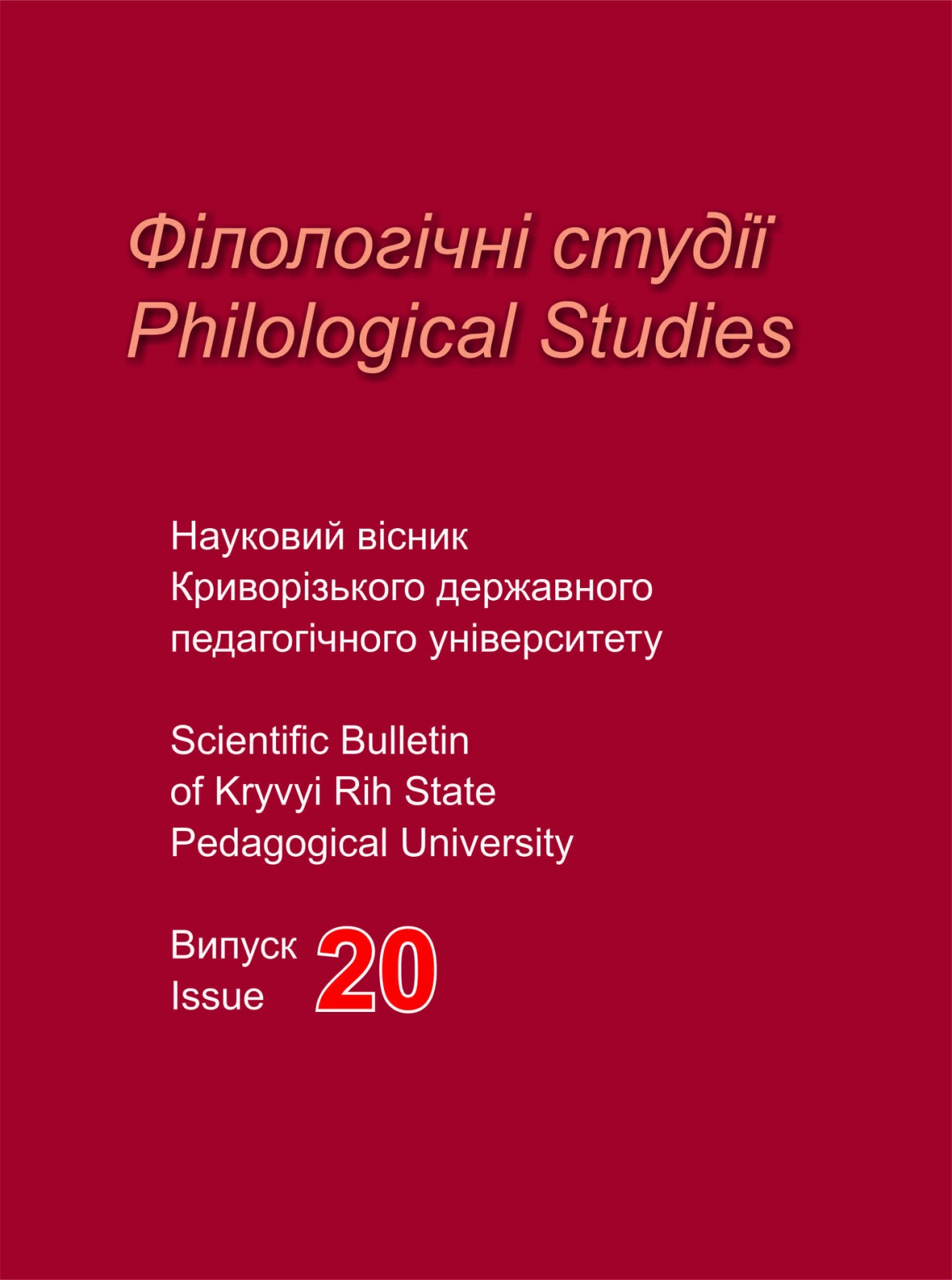Gender-bias hate speech in Belarus: factors and specifics
DOI:
https://doi.org/10.31812/filstd.v20i0.3695Keywords:
hate speech, hostility, gender, online discourse, discursive communityAbstract
The article presents an analysis of gender-bias hate speech in Belarus with the focus on its functioning in online discourse. The study is aimed at determining the most vulnerable social group suffering from gender-bias hate speech in the studied discursive community and finding key factors influencing the object of research in the Belarusian context.
Hate speech is understood as a set of language means expressing negative, based on stereotypes or prejudices, attitude towards the addressee as a carrier of values different from those of the addresser, and, as a result, verbalizing one or another type of discrimination or intolerance.
The article determines a number of interconnected (1) political and legal (lack of legal sanctions for the use of hate speech; loyal attitude of the authorities towards the demonstration of gender discrimination), (2) cultural and ethical (homophobic and sexist moods in the Belarusian society; formation and maintenance of gender stereotypes by the media; lack of awareness of the majority of the academic community in the field of gender issues), and (3) social (change of the historical paradigm; intensive development of Internet communication technologies; increased social mobility; weak civil society) factors that significantly influence the functioning of gender-bias hate speech in the Belarusian discursive community.
The analysis of the readers’ response to news publications in the Belarusian Internet discourse revealed an increased interest of users in the problems of the LGBT community.
Metrics
References
Василенко Е.Н. “Язык вражды”: к определению термина. Романовские чтения –13:сб. ст. междунар. науч. конф. Могилев, 2019. С.126–127.
Дзялошинский И.М., Дзялошинская И.М. Образы вражды в российских СМИ: социальные, культурные, профессиональные факторы. Российские СМИ: как создается образ врага. Статьи разных лет: монография. Чебоксары: ИД “Среда”, 2019. С.173–187.
Евстафьева А.В. “Язык вражды” в средствах массовой информации: лингвистические и экстралингвистические факторы функционирования: дис.... канд. филол. наук: 10.02.01. Тамбов, 2009.298с.
Егоров А., Шутов А., Кацук Н. Гражданское общество Беларуси: актуальное состояние и условия развития: аналитический обзор. Минск: Центр европейской трансформации, 2017.47с.
Никуличев Ю.В. Исторические парадигмы русской культуры: методологический анализ:автореф. дис. ... д-ра культурологии: 24.00.01. Москва, 2007.38с.
О государственной регистрации общественных объединений, фондов и других некоммерческих организаций в первом полугодии 2018 года. Минск: М-во юстиции Республики Беларусь, 2018. URL: https://minjust.gov.by/press/news/on_the_state_registration/(датадоступа : 29.05.2019).
Республика Беларусь в зеркале социологии: сб. материалов социологических исследований / под общ. ред. А.П. Дербина. Минск: ИАЦ Администрации Президента Республики Беларусь, 2018. 180 с.
Шакирова, С. Толкования гендера. Пол женщины: сб. ст. по гендерным исследованиям. Алматы: Центр гендерных исследований, 2000. С. 6–32.
AssimakopoulosS., BaiderF.H., MillarS. Online hate speech in the European Union: a discourse-analytic perspective. Cham: Springer, 2017. 90p.
Boromisza-HabashiD. Speaking hatefully:culture, communication, and political action in Hungary. Pennsylvania: Pennsylvania State Univ. Press, 2013. 160p.
Eastern and western Europeans differ on importance of religion, views of minorities, and key social issues: report/ AD N.Sahgal. Washington: Pew Research Center, 2018. 30p.






